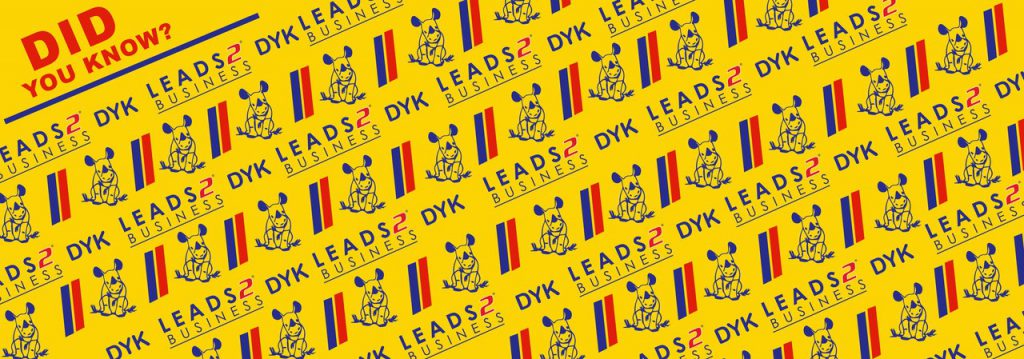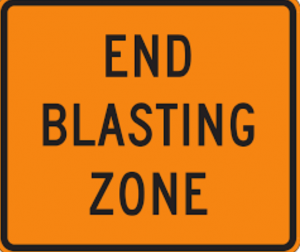Tips for Blasting

Firstly we need to know what blasting is. It is a technically controlled, effective and safe way to break rock for excavation. It is primarily used in Civil Engineering, Mining and Quarrying for roads and dam construction.
What explosives are used for blasting?
It is a common misconception that dynamite or gunpowder are used for most blasting activities but it is rather the engineered blasting agents that account for approximately 90% of explosive material used.
Ammonium Nitrate mixed with either sodium nitrate or calcium nitrate is the most common product and pound for pound the more effective explosive.
What is involved in Blasting?
• Holes are drilled into the rock and filled with explosives. The more solid the rock the more explosives will be needed.
• Proper ventilation is required to remove not only the dust but also the combustion gases from the explosion. This needs to be done before work can be resumed.
• The rock then collapses once detonation takes place.
• The debris is removed and if need be reinforcing is put in place before further work takes place.
• The entire blast lasts up to 1 second.

Steps to be considered before blasting takes place:
• Fragmentation desired – take into consideration size of digging equipment and crushing equipment needed on the project.
• Rock quality/character – state of the area being blasted, is the rock hard or soft and is the area dry or wet.
• Site limitations – is the area to be blasted near other structures or properties.
• Safety limitations – are there any electrical hazards
• Equipment limitations – are all equipment needed for the project available
Random facts about blasting
• Blasting is now considered routine work in the mining industry.
• Geological or Geotechnical knowledge is needed to ensure effectiveness and safety.
• Blasting involves design and patterns, not just “blowing” stuff up…
• The result of rock blasting is often called rock cut.
• Mining and Construction are the 2 most common uses for explosives.

Sources:
www.wikipedia.org/wiki
www.railsystem.net
www.miningandblasting.wordpress.com
If you are interested in becoming one of our subscribers, please visit our website.
To view notes with screenshots on how to use our website, please visit our Wiki site.
To view more articles, please visit our blog.
About Karen Garner-Savory
I started working at Leads 2 Business in May 2009, and have served as Head of Department of Telesales and Administration from 2010 until the present. I oversee both the Telesales department as well as the Administration of our Johannesburg Office.









Leave a Reply